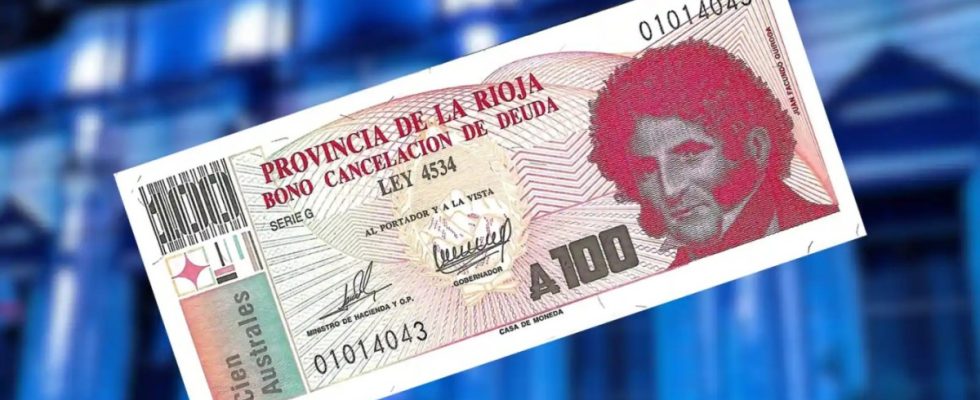Argentina’s President Javier Milei has a phrase that he repeats constantly, almost as if it were a mantra: “No hay plata” – the money is gone.
Of course, that’s not wrong: the state’s coffers are empty and debts have risen to more than $350 billion. On the other hand, one can also say that there is too much money in Argentina rather than too little: more than ten billion notes of the national currency, the peso, are currently in circulation – more than ever before, which is also due to the fact that the highest currency note, the 2000 peso note, which in practice is hardly worth more than 1.50 euros. In addition, there are the dollars that Argentines traditionally use to save, preferably in cash and often hidden under the mattress. The tax authorities don’t have to know everything. In any case, some experts believe that up to ten percent of all US banknotes in circulation worldwide are owned by Argentines.
In short: there is certainly money – and now there is also the “Bocade”. The name stands for “Bono Cancelación de Deuda”, essentially a promissory note issued by the Argentine province of La Rioja. She wants to use it to pay bills and salaries, but the bocade can also be used to pay taxes within the province or to shop in the supermarket.
The bills are colorful, the reality can’t keep up
From one cuasimoneda That’s why we’re talking about a fast currency in Argentina. The idea is anything but new: During the last major crisis in 2001, provinces in the South American country began printing their own securities. In Formosa, in the very north, there was the “Bocanfor”, in Tierra del Fuego, in the very south, there was the “Letras”. In Mendoza, at the foot of the Andes, people paid with “Petrom”, but in the province of Buenos Aires with “Patacón”. Back then, McDonald’s even had its own menu on offer, the “Patacombo”: two cheeseburgers, fries and a soft drink for five patacones.
At times there were more than a dozen such fast currencies in circulation, but as colorful as the notes were, the reality was bitter: almost 60 percent of the population in the once rich country slipped below the poverty line due to the crisis, and hundreds of thousands lost their savings and jobs .
The fact that La Rioja now wants to start again is one cuasimoneda release triggers traumatic memories and dark forebodings for many people in Argentina. In the provincial administration itself, however, they say that they have no choice: the central government has not transferred payments that La Rioja is actually entitled to, and so they have to help themselves, with bocades instead of pesos.
Financial experts warn that the fast currency could only end up leading to more chaos and misery. And the government says the Bocade could even be illegal. Only one person sees it calmly: Javier Milei. The head of state calls himself an “anarcho-capitalist”, i.e. market instead of state, and the more competition the better – even when it comes to currencies. Only one thing, says Milei, must be clear: unlike after the 2001 crisis, the government would ultimately not help pay the liabilities caused by the cuasimonedas were created. Because as I said: No hay plata.

